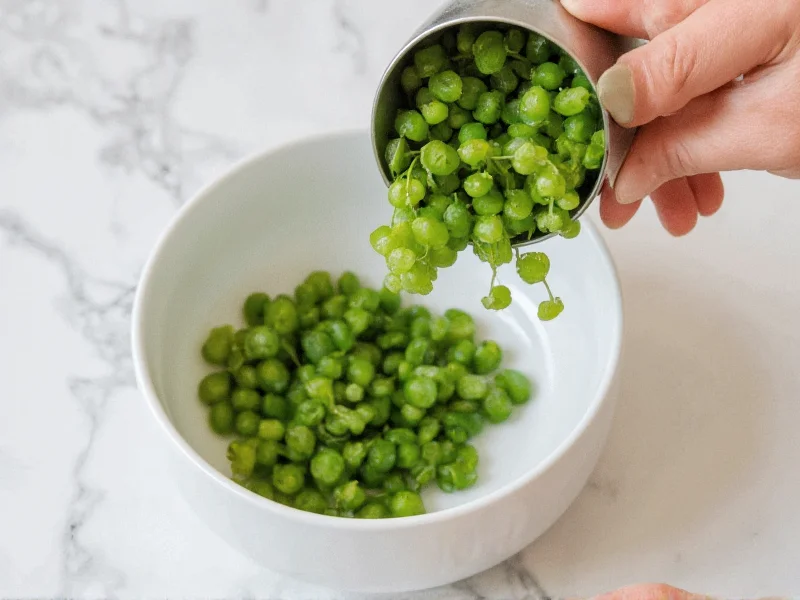When converting fresh basil from cups to ounces, understanding the relationship between volume and weight is essential for recipe accuracy. Unlike liquids where 1 cup always equals 8 fluid ounces, fresh herbs like basil have variable density that affects weight-to-volume conversions. This guide provides practical information for cooks needing precise measurements.
Why Basil Measurements Vary
Converting ½ cup basil to ounces isn't straightforward because fresh herbs contain air pockets between leaves. Several factors influence the weight:
- Packing method - Loosely dropped versus firmly packed leaves can vary by 30% in weight
- Leaf size - Larger Genovese basil leaves weigh less per cup than smaller Greek basil
- Moisture content - Recently washed basil adds extra weight from water absorption
- Stem inclusion - Recipes specifying "packed" versus "loosely packed" make significant differences
Accurate Basil Measurement Techniques
For consistent results in your cooking, consider these professional techniques:
- For volume measurements: Gently spoon basil into your measuring cup without pressing down for "loosely packed" measurements. For "packed" measurements, press leaves lightly with a spoon until the cup is full.
- For weight measurements: Use a kitchen scale set to grams for greatest precision. Place your bowl on the scale, tare to zero, then add basil until reaching the desired weight.
- When substituting dried basil: Remember that dried herbs are more concentrated. 1 teaspoon dried basil equals approximately 1 tablespoon fresh, or about 0.1 ounces (3 grams).
| Basil Measurement | Loosely Packed (oz) | Firmly Packed (oz) | Grams |
|---|---|---|---|
| ¼ cup fresh basil | 0.15-0.2 | 0.25-0.3 | 4-8g |
| ½ cup fresh basil | 0.3-0.4 | 0.6-0.8 | 9-23g |
| 1 cup fresh basil | 0.6-0.8 | 1.2-1.6 | 17-45g |
| 1 ounce fresh basil | 1.25-1.6 cups | 0.6-0.8 cups | 28g |
Practical Cooking Applications
Understanding how many ounces in half cup of fresh basil matters most in recipes where precision affects outcomes. For pesto, where basil is the primary ingredient, weighing provides consistent flavor. In soups or stews where basil is one component among many, volume measurements typically suffice.
When following international recipes, note that European recipes often specify herbs by weight while American recipes typically use volume measurements. Converting fresh basil cup to ounce conversion correctly ensures your dishes turn out as intended.
For best results, harvest basil in the morning when leaves are most hydrated, and measure immediately after washing and drying. This provides the most consistent weight-to-volume ratio for your ½ cup basil equals how many ounces calculations.
Storage Impact on Measurements
Freshness significantly affects basil weight. Newly harvested basil contains more moisture and weighs more than basil stored for several days. After three days in the refrigerator, the same volume of basil may weigh 15-20% less due to moisture loss.
To maintain consistent measurements when using stored basil:
- Revive slightly wilted basil by placing stems in cold water for 15 minutes
- Always measure basil after proper drying to avoid water weight skewing measurements
- Consider increasing the volume by 10-15% when using basil stored for more than 2 days











 浙公网安备
33010002000092号
浙公网安备
33010002000092号 浙B2-20120091-4
浙B2-20120091-4